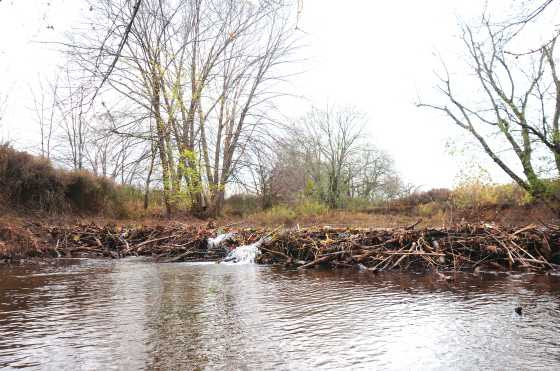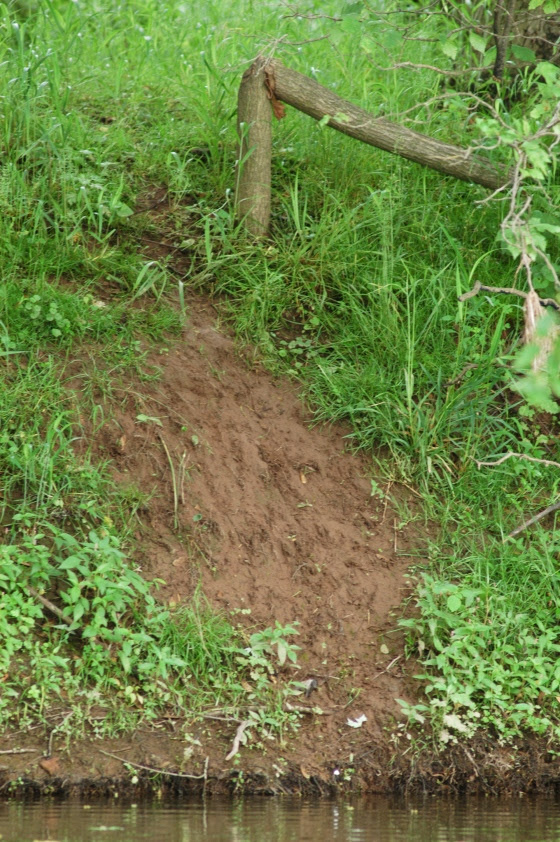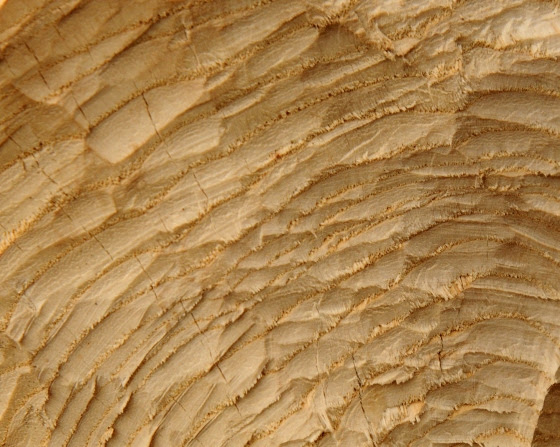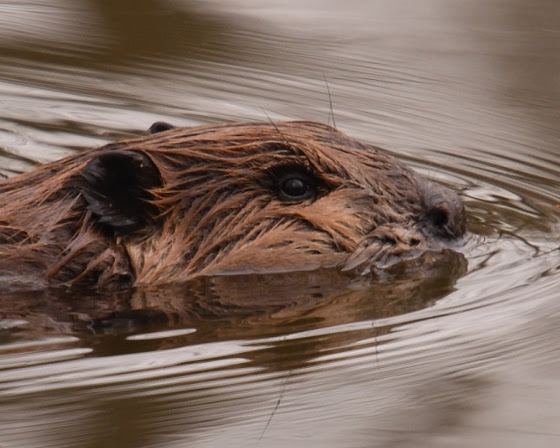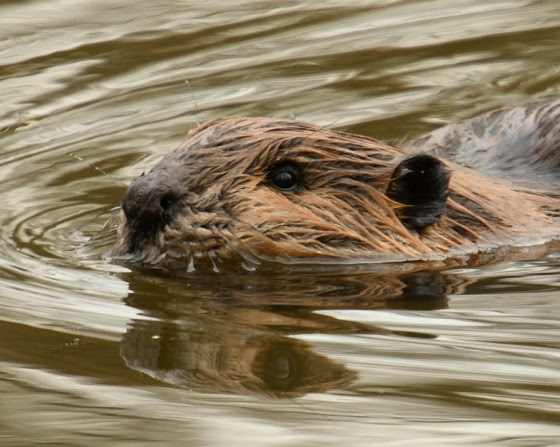Beaver Tales
Article and photos by Joe Mish
The beaver, like many endangered species, was known more as a marketing icon rather than a commonly observed live animal. Whether it be an eagle, an owl or a beaver, all presented unique features, behaviors or sounds that immortalized them in the eyes the general public. Each animal had qualities easily transferrable as desirable human characteristics, making them kindred spirits and role models. Artistic impression blended fact and myth, using wild animals to capture their intended audience.
Endangered species appeared in cartoons, sales ads, and as insignias and mascots. The bald eagle is the symbol of our country and mascot of the 101st Airborne Division. The wise old owl’s hoot call in the night, sent chills down the spine of fright night movie goers. Beaver, whose ability to fell trees and build dams is legendary, is associated with industriousness, hard work and effort all desirable human behaviors. The cartoons featured its flat tail and timber felling ability as main elements in a story.
Bucky Beaver was a cartoon character created to promote Ipana toothpaste, given the beaver’s prominent front incisors. In the commercials, Bucky had shiny white teeth, though in reality, beaver teeth are bright orange; it mattered not, as few consumers ever saw a beaver to notice the difference.
Pursuit of beaver pelts promoted early exploration and settlement of North America as their European cousins had been obliterated as the demand for beaver top hats and coats was insatiable. In the new world, beaver were found to exist in profusion and the greed for profit eventually depleted the beaver population in the east to isolated populations. By 1895, NJ and other northeast states were thought to be devoid of beaver.
Beaver, captured in Canada were transplanted to the Adirondacks and quickly spread to populate distant regions by the innate behavior of young beaver leaving the core family to seek new territory. This transience is observed each winter on the South Branch of the Raritan where itinerant beaver travel waterways and streams to establish dens throughout the entire river system down to Raritan Bay.
My first encounter with a live beaver was on Lawrence Brook, an outlet of Farrington Lake. I was about thirteen and fishing a narrow part of the stream for calico bass. A heavy canopy of trees hung low over the smooth slow flowing water to create an eerie mood. I was completely focused on casting my lure without getting caught in the branches. The day was almost over, and I kept telling myself, ‘just one more cast’. It was then I noticed a large wake heading upstream toward me. I could not imagine what it might be. Its head appeared square and held slightly above the water. It was closing in and clearly it knew I was there and yet its course remained unchanged. Starving alligator crossed my mind as my hair stood on end. What else could it be? An instant later I found out… and the surprise was perhaps more astounding than an alligator. A loud slap of the animal’s tail numbed every cell in my body. This is how a prey animal must feel when a raptor’s talons sink into its flesh. The quiet evening was shattered, and water exploded frothy droplets high it in the air. It could be only one animal on earth and that could not be: but it was! It was a beaver!
Over the years, since that day on Lawrence Brook, beaver populations have dramatically increased throughout their original range. Beaver are now ubiquitous in NJ, one even built a huge lodge in a small stream running through a local condo development before entering the North Branch of the Raritan. Our smallest waterways are often explored by itinerant beaver.
On a warm September day, I took my grandson, Caleb, on his first canoe trip, a mile up a local stream and back to Grammy and Dad standing on shore. The water was crystal clear and had a steady flow as I paddled upstream. Caleb was full of questions, and I had all the answers. Upstream about seventy-five yards, at the base of a shale cliff, deep in the shade, I saw some low-slung animal move. A fox seemed to fit the impression, though the spot was on a ledge at the base of the cliff. It was high noon bright and sunny. What could it be? I cautioned Caleb to look in that direction and be quiet. As we closed in, there was a huge beaver.
I was thrilled that we got within a few yards as it dove into the clear water and disappeared into a bank den. I could not contain my excitement seeing beaver at midday with my grandson on his initial canoe trip. As we approached the takeout, I could not contain myself relating to all, what Caleb and I experienced. The next day I called my daughter to hear what Caleb said about our maiden voyage, hoping he would share my enthusiasm about the rare mid-day, close encounter with the giant beaver. What most excited Caleb was that Grampy lifted the canoe over his head and carried it to the river! Alas!
Beaver are fascinating animals in terms of behavior, interpersonal relationships, and anatomy and make a great introduction into nature for children of any age as well as adults. Beaver live quietly among us, and on occasion, make an appearance to bring myth and legend to life. The beavers’ come back is a lesson in how our land and water are used and the long-term impact of today’s land planning decisions. All that aside, beaver are an unexpected wild treasure placed in our midst to pique our curiosity and guide us deeper in the mysteries of nature.
Two excellent books to gain insight into the life of this unique animal are.
“Lily Pond, Four Years With a Family of Beavers”, by naturalist, Hope Ryden.
“ The World of the Beaver”, by Leonard Lee Rue, a New Jersey pioneer of wildlife photography, written, circa 1958 and filled with Len’s images of NJ beaver.
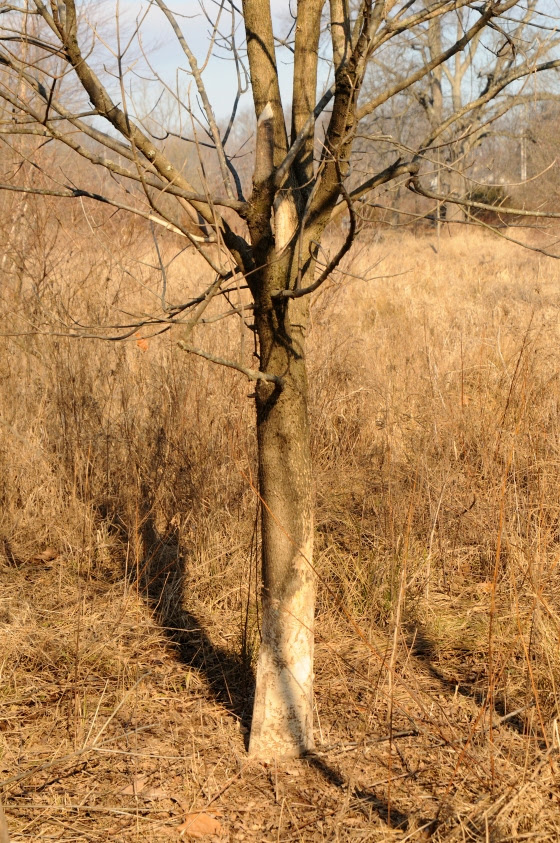
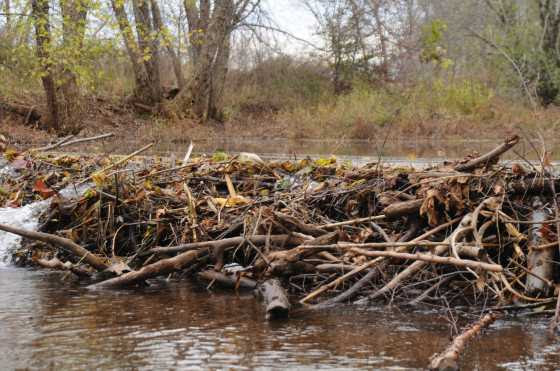
Author Joe Mish has been running wild in New Jersey since childhood when he found ways to escape his mother’s watchful eyes. He continues to trek the swamps, rivers and thickets seeking to share, with the residents and visitors, all of the state’s natural beauty hidden within full view. To read more of his writing and view more of his gorgeous photographs visit Winter Bear Rising, his wordpress blog. Joe’s series “Nature on the Raritan, Hidden in Plain View” runs monthly as part of the LRWP “Voices of the Watershed” series. Writing and photos used with permission from the author. Contact jjmish57@msn.com.



